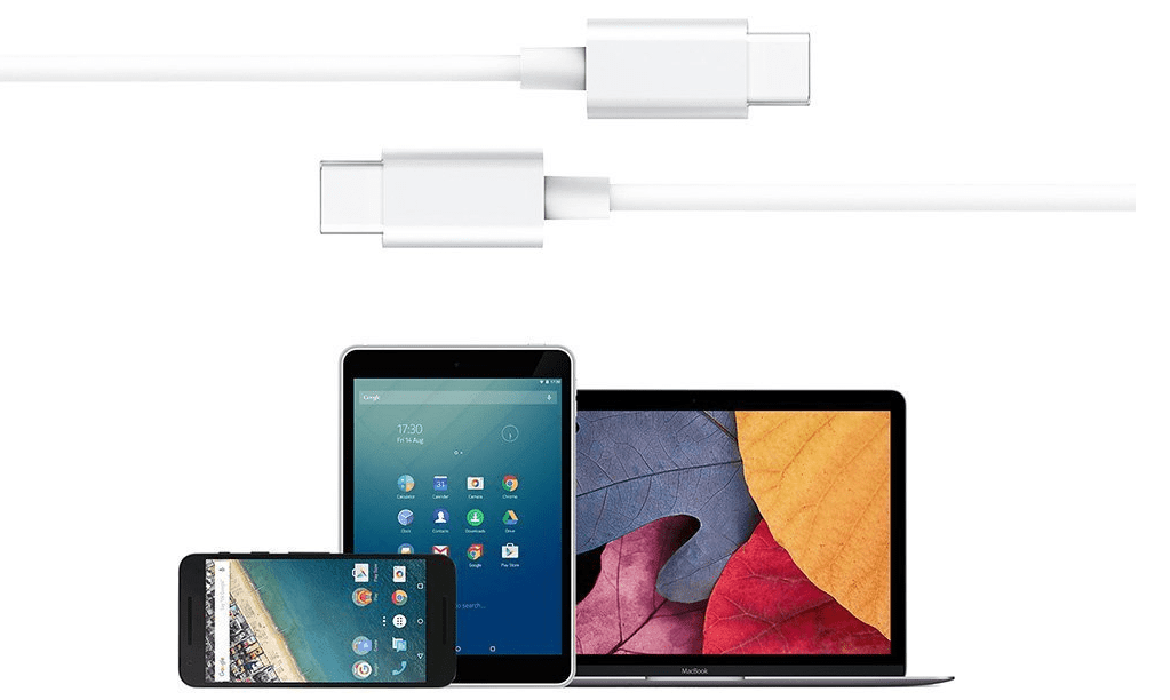Can You Use Any Charger With Any Device?
Can You Use Any Charger With Any Device?

The Different Types of Chargers:
While chargers are becoming more standardized over time, there are still a variety of different charger types in wide use:
- Laptop Chargers: Unfortunately, there’s still no standard type of charger for laptops. You’ll want to get a charger designed specifically for your laptop. Connectors aren’t standardized, so you probably won’t be able to accidentally plug the wrong charger into your laptop. Though, with the introduction of USB Type-C (outlined below), this is starting to change, albeit slowly.
- Apple’s Lightning Connector: Apple has uses the Lightning connector, introduced in 2012, for their mobile devices. All new iOS Devices use the Lightning connector and can be connected to any Lightning charger certified or developed by Apple. Older devices use Apple’s 30-pin dock connector. Apple makes a connector that allows you to connect new devices with a Lightning connector to older charges with a 30-pin dock connector, if you really want to do this.
- Micro-USB Chargers: This was the “standard” (so to speak) for years, and many smartphones and tablets use standard Micro-USB connectors. These replaced the Mini-USB connectors that came before them, and the proprietary chargers that old cell phones used before that. To comply with the European Union’s directives on a common type of charger for smartphones, Apple offers a Lightning-to-Micro-USB adapter.
- USB Type-C: This is the newest standard to hit the scene, and essentially the evolution of Micro-USB. USB Type-C (often just referred to as “USB-C”) is a reversible connector with a much higher data throughput and capable charging rate. It has effectively taken the place of Micro-USB on most new devices outside of Apple’s iDevices, and is even starting to show up as a standard charging solution on many laptops.
Chances are you have devices that use at least a couple of these. But you already know which devices use which chargers—so you really want to know if you can mix and match power bricks. That answer is…well, maybe.
Understanding Volts, Amps, and Watts
To understand charger compatibility, you first need to understand how they work—at least on a rudimentary level.
There are a variety of ways to break down volts, amps, and watts, but I’ll use the most common metaphor: think of it like water flowing through a pipe. In that case:
- Voltage (V) is the water pressure.
- Amperage (A) is the volume of water flowing through the pipe.
- Wattage (W) is the rate of water output, which is found by multiplying the voltage by the amperage.
Pretty simple, right? Back in the day, most mobile phone chargers came in two varieties: 5V/1A and 5V/2.1A. The smaller chargers were built for smartphones, and the larger for tablets. Any phone charger could be used with any phone, and most tablet chargers would work on any tablet. Pretty simple stuff. All Micro-USB chargers were rated for 5V, so you never really had to worry about accidentally plugging your phone into a charger with too high of a voltage.
But now, things are much more complicated. With larger device batteries, new charging technology like Qualcomm’s Quick Charge, and formats like USB-C that allow for better charging throughput, chargers are more complex than ever. If interested, you can find any charger’s output information written in tiny text somewhere on the charger itself.
Now, while we don’t need to over-complicate the discussion and break down every device charger out there, this basic knowledge is a bit of a necessity.




